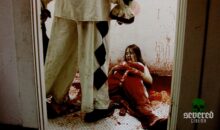Tragedy and Terror: Unearthed Films Unleashes Noboru Tanaka’s Village of Doom – A Dark Exploration of the Tsuyama Massacre!
Unearthed Films returns with Village of Doom (Ushimitsu no mura, 丑三つの村), another Japanese gem directed by Noboru Tanaka (The Watcher in the Attic, Angel Guts: Nami). Known primarily for his work as a director of Nikkatsu’s Roman Porno films, Tanaka brings an unexpected seriousness to this disturbing adaptation of a real-life event — the infamous Tsuyama Massacre.
The Tsuyama Massacre was a deadly killing spree that took place on the night of May 21, 1938, in the rural village of Kamo, near Tsuyama in Okayama Prefecture, Japan. The perpetrator, 21-year-old Mutsuo Toi, murdered 30 people, including his grandmother, using a Browning shotgun, a katana, and an axe. He also seriously injured three others before taking his own life with the shotgun to the chest. This remains the deadliest shooting by a lone gunman in Japan’s history.
The film is a blend of the pinku eiga — a category of Japanese cinema known for its softcore eroticism combined with various genres — and horror, drawing viewers into the mind of a young man, Tsugio, whose descent into madness culminates in the brutal slaying of his fellow villagers.
Actor Masato Furuoya, who had previously starred in some of Tanaka’s pinku films (Rape and Death of a Housewife, Female Teacher), plays the lead role of Tsugio with a haunting, tragic energy. His performance as the immature, socially alienated village “genius” is layered with vulnerability, confusion, and ultimately, unsettling rage. Furuoya’s portrayal is made even more distressing by the knowledge that the actor tragically took his own life in 2003, at age 45, just over a decade after the film’s initial release, adding a chilling real-life layer to the movie’s themes of isolation and despair.
The plot follows Tsugio, a young man with a promising future, whose dreams are shattered when he is rejected from the military due to a tuberculosis diagnosis. Already a village outsider due to his intelligence, Tsugio’s illness makes him a pariah in his small, in-bred village, where societal expectations are rigid and unforgiving. He becomes entangled in the village’s web of illicit affairs, finding himself seduced by lonely women whose husbands are away at war in Manchuria, lending to the pinku layers of the film. What begins as an exploration of sexual curiosity soon morphs into something much darker, as Tsugio’s feelings of rejection, loneliness, and shame fester within him.
Tanaka’s experience in Japanese erotic cinema is evident in the film’s early scenes, which include depictions of Tsugio prowling around houses at night and his encounters with various lonely women whose husbands are off at war. However, these scenes serve more than just titillation; they highlight the disconnect between physical intimacy and emotional connection, underscoring Tsugio’s increasing alienation. His romantic fixation on his cousin Yasuyo (Misako Tanaka), who plans to marry another man, adds another layer of anguish, pushing him further into despair.
The turning point in Village of Doom comes when Tsugio, after witnessing the brutal hanging of an outsider by a mob of vigilante villagers, decides it is time to “go to war.” He meticulously plans his attack, cutting off the electricity to the village before arming himself with a shotgun, axe, and his family’s katana. In one of the film’s disturbing sequences, Tsugio announces “make me a demon” and equipped with an axe he beheads his grandmother (unfortunately off camera), before methodically murdering 29 of his fellow neighbors. Tanaka presents the massacre in an unflinching 20-minute sequence, shot largely from Tsugio’s perspective using a handheld camera, making the viewer feel a part of the slaying at hand. The eerie sound of Tsugio’s labored tuberculosis-addled breathing adds an unnerving carnality to the slaughter.
The film’s connection to the real-life Tsuyama Massacre is critical to its impact. On the night of May 21, 1938, Mutsuo Toi, a young man much like Tsugio, decapitated his grandmother and then went on to murder 29 of his neighbors before taking his own life. Village of Doom takes creative liberties with the events, but Tanaka’s direction maintains a sense of brutal realism, making the film’s final act of violence feel both personal and inevitable.
What sets Village of Doom apart from other films that explore similar themes of mass murder is its portrayal of Tsugio. While he is undeniably the villain of the piece, Tanaka’s approach, combined with Furuoya’s performance, frames him as a victim of circumstance. His rejection by the military, his shunning by the village women, and his confusion over his place in society all contribute to a sense of attempted empathy, making Tsugio’s transformation into a killer both tragic and horrific. By telling the story from Tsugio’s perspective, the film forces the audience to grapple with uncomfortable questions about societal pressures and the human capacity for violence.
Tanaka’s decision to helm this real-life horror story after a career largely defined by erotica proved his versatility as a director. The film’s mix of pinku eroticism, violence, and psychological breakdown makes it a unique entry in Japanese cinema, one that offers both a true to life exploration on societal failure and an unflinching look at the horrors capable from man driven by isolation and madness.
Unearthed Films has once again raised the bar with their latest release, Village of Doom, adding another significant piece of Japanese cinema to their collection. Set for release on Blu-ray and DVD on October 22, 2024, this edition boasts enhanced picture and sound quality, making it the best version available to date. Fans of the film will also be treated to insightful bonus content, including an audio commentary by Asian film experts Arne Venema and Mike Leeder, a featurette titled ‘Dark Asia with Megan: Case #57 Japan’s Darkest Night, Tsuyama Massacre,’ a promotional gallery, and the original theatrical trailer. This release is a must-have for collectors and cinephiles alike.
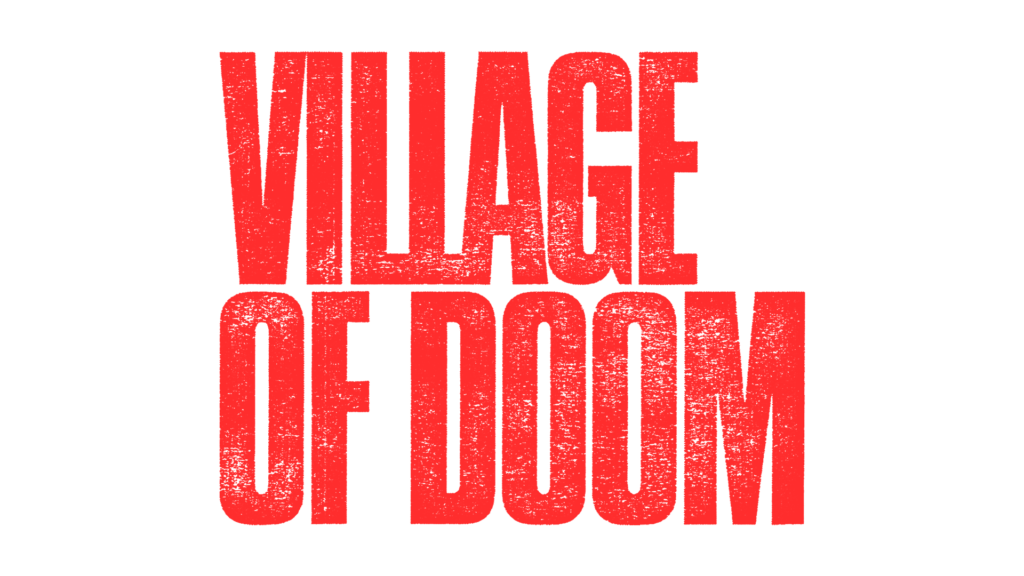
AKA: Ushimitsu no mura, 丑三つの村
Directed by: Noboru Tanaka
Written by: Bo Nishimura, Takuya Nishioka
Produced by: Kazuyoshi Okuyama
Cinematography by: Keiji Maruyama
Edited by: Kenji Goto
Music by: Masanori Sasaji
Cast: Masato Furuoya, Misako Tanaka, Kumiko Ôba, Isao Natsuyagi, Yasuhiro Arai, Midori Satsuki
Year: 1983
Country: Japan
Language: Japanese (English Subtitles)
Colour: Colour
Runtime: 1h 45min
Studio: Fuji Eiga Company, Shochiku Eizo Company, Shochiku
Distribution: Unearthed Films
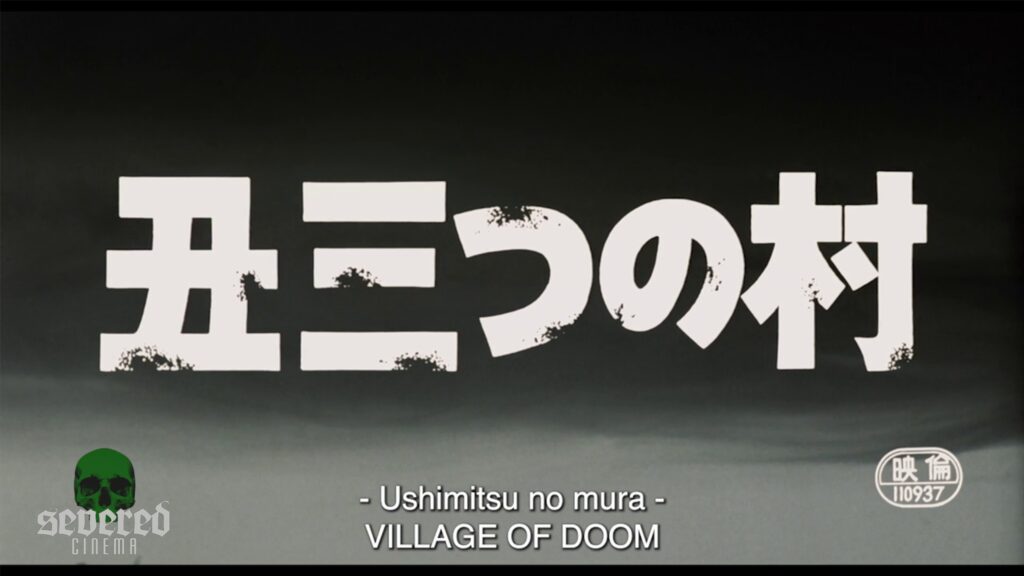
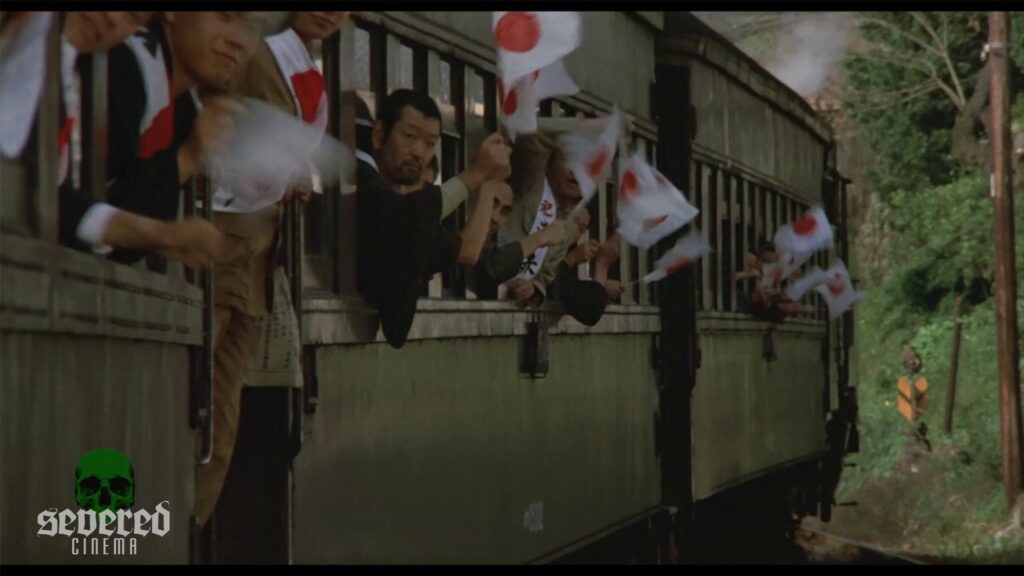
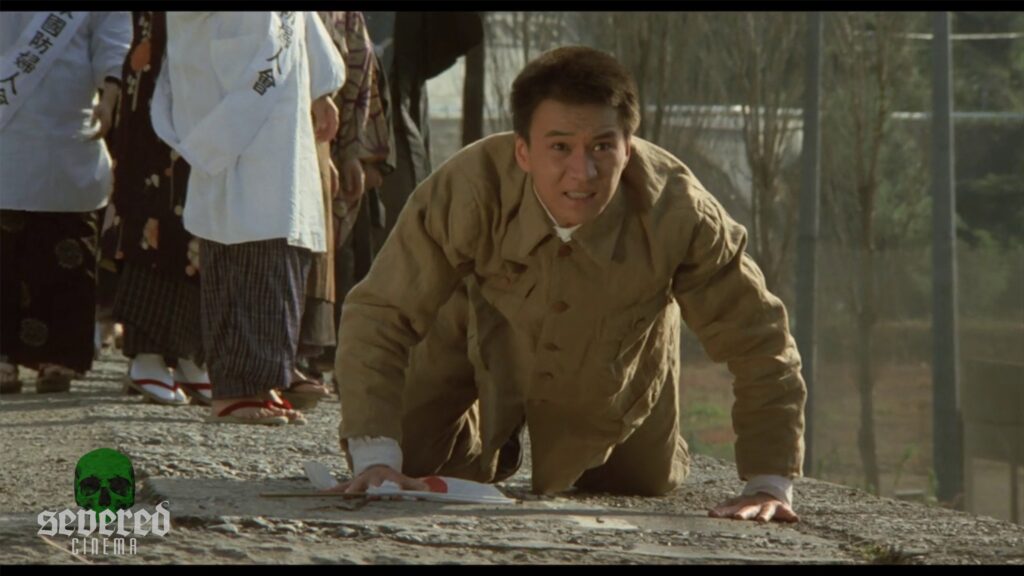
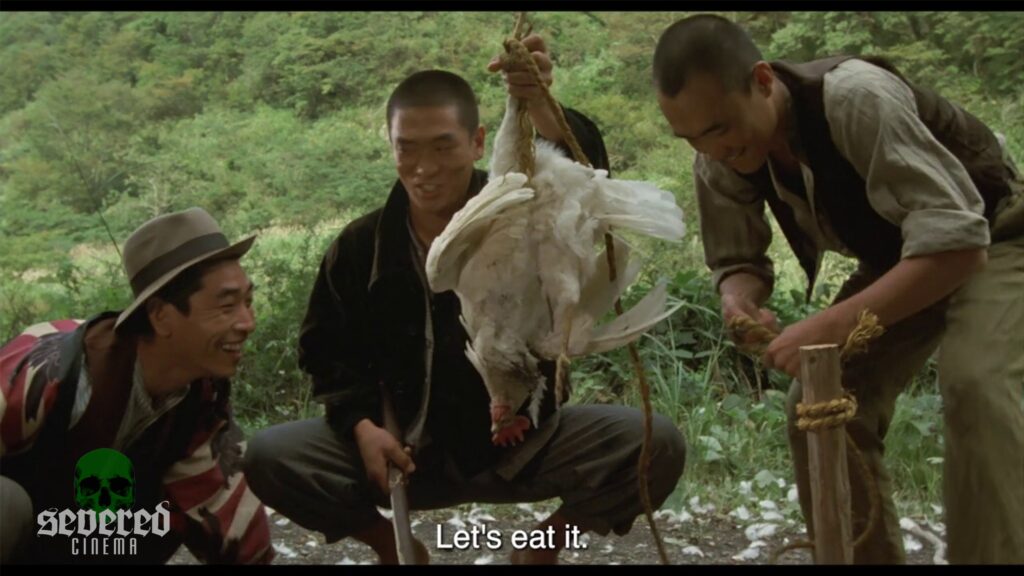
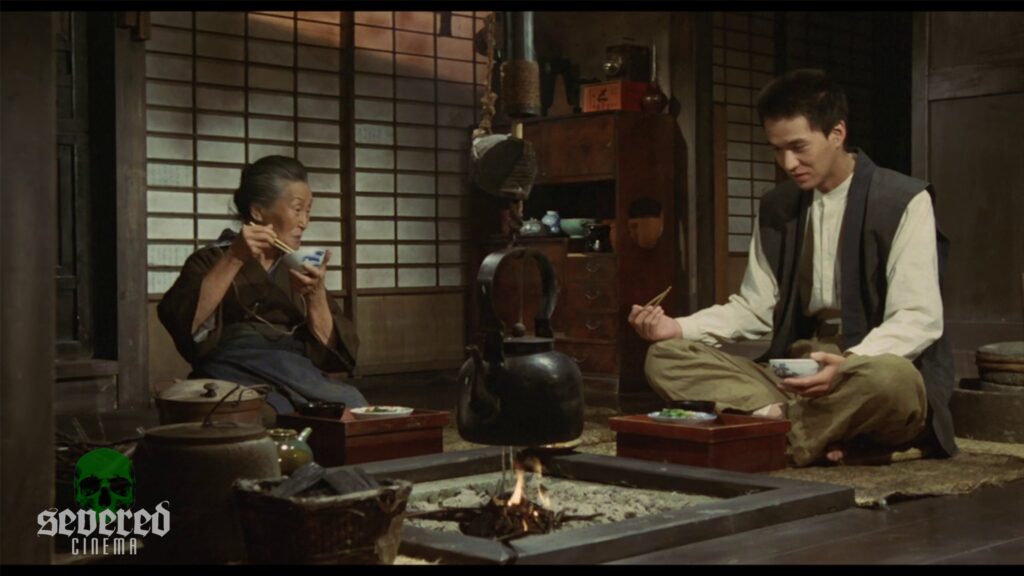
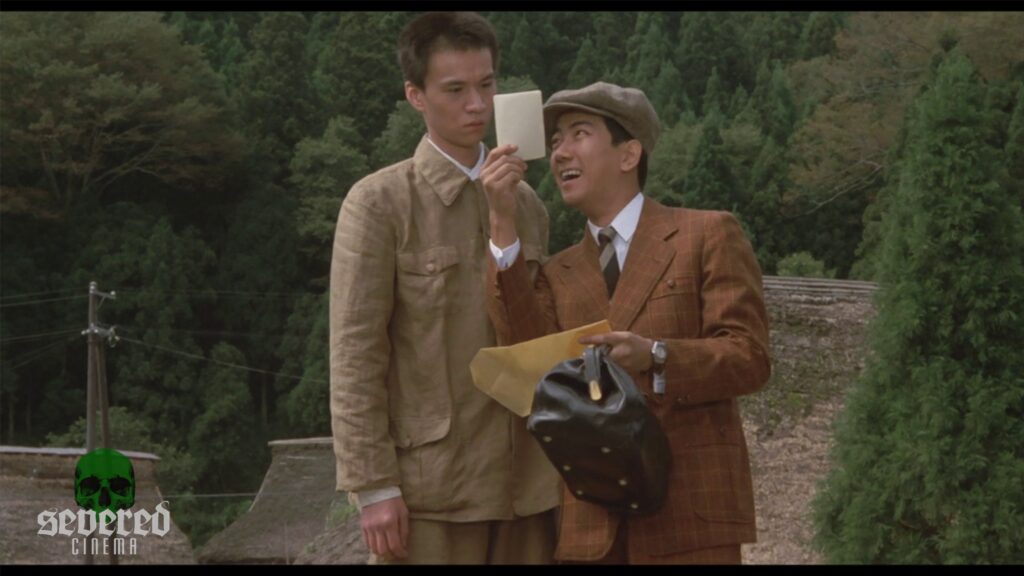
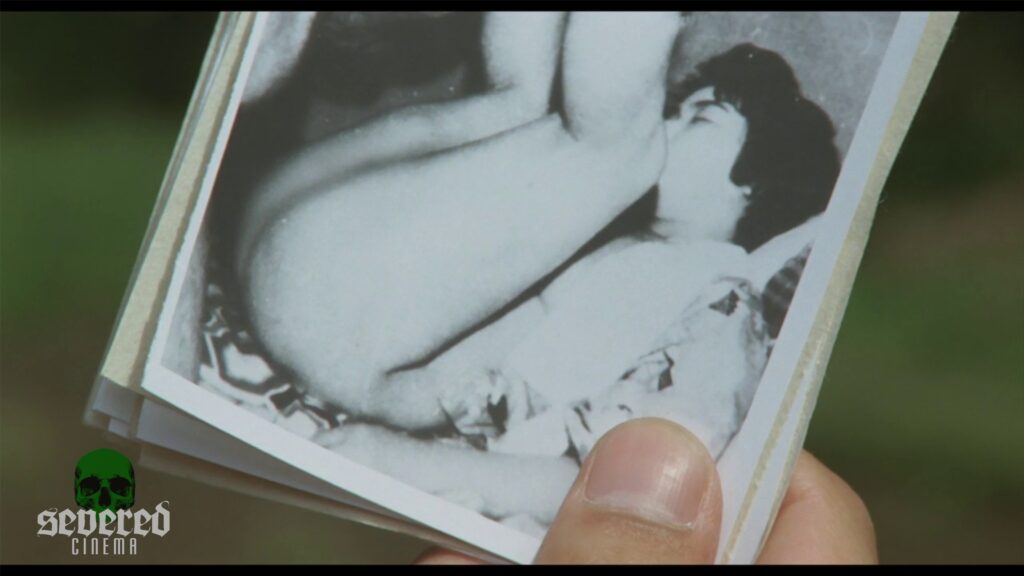
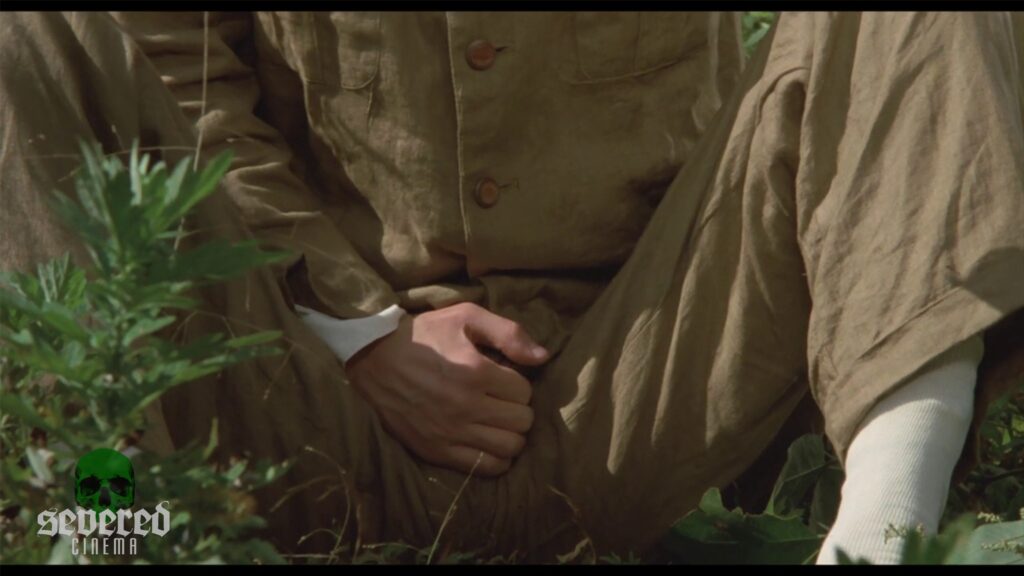
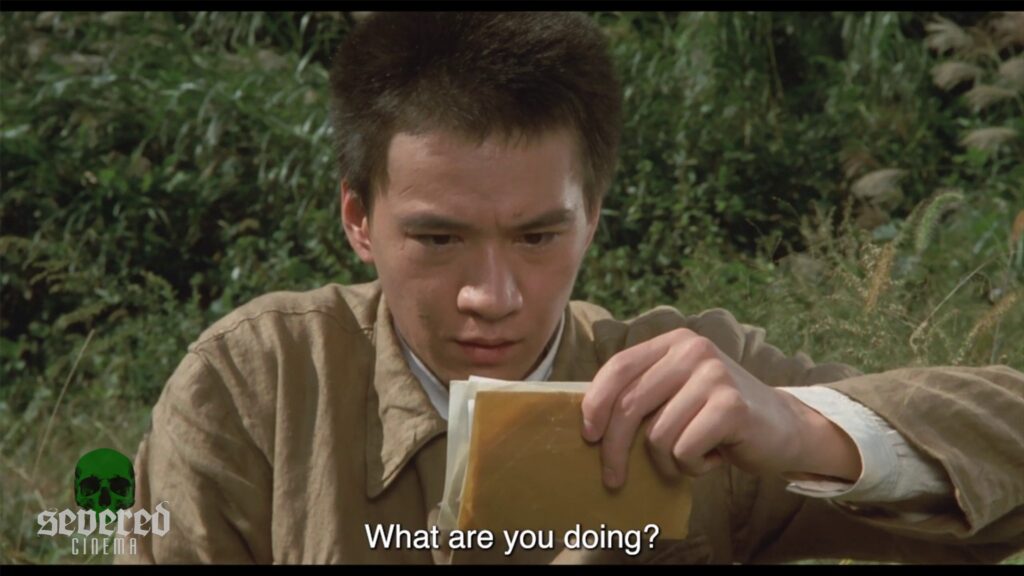
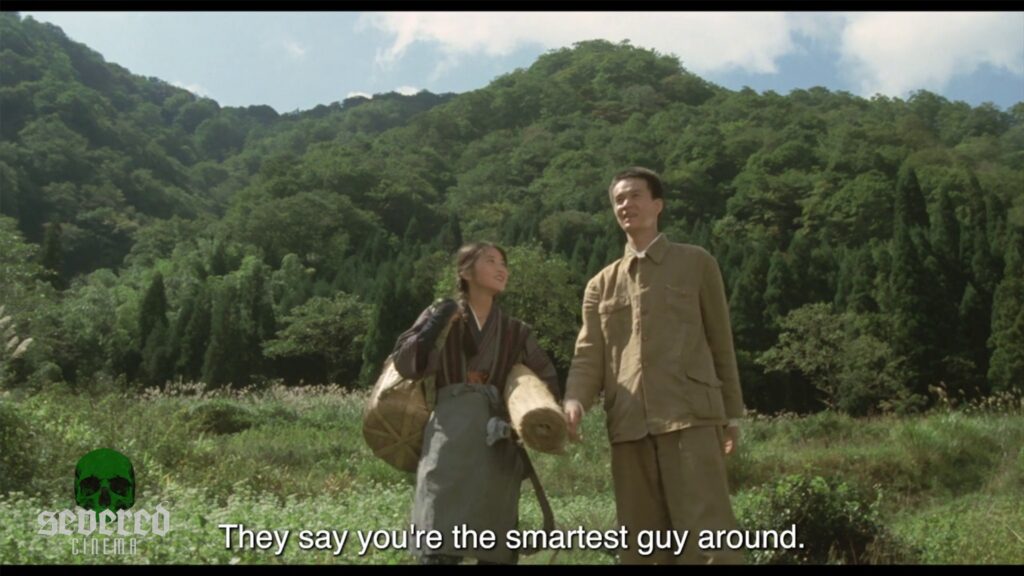
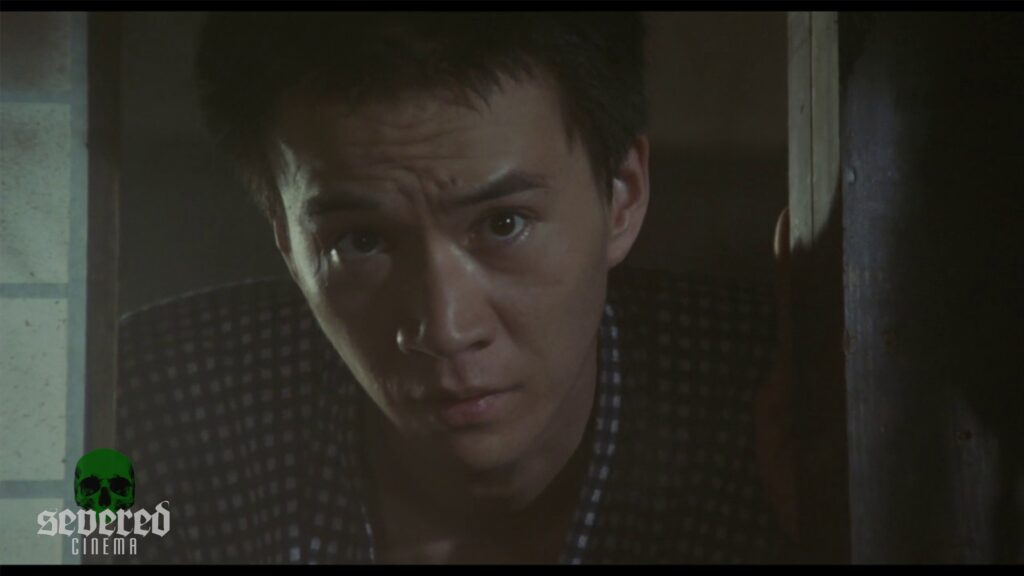
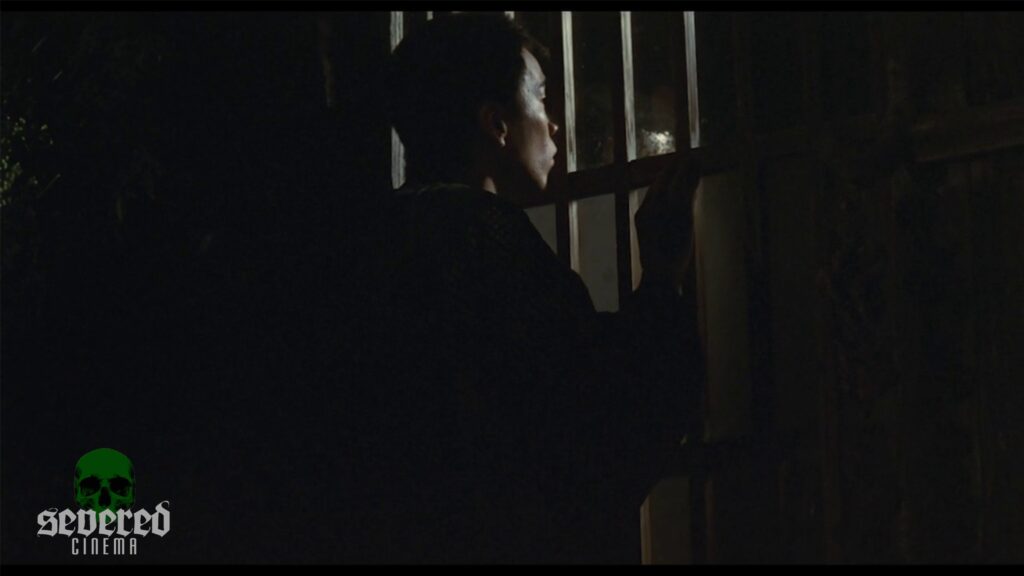
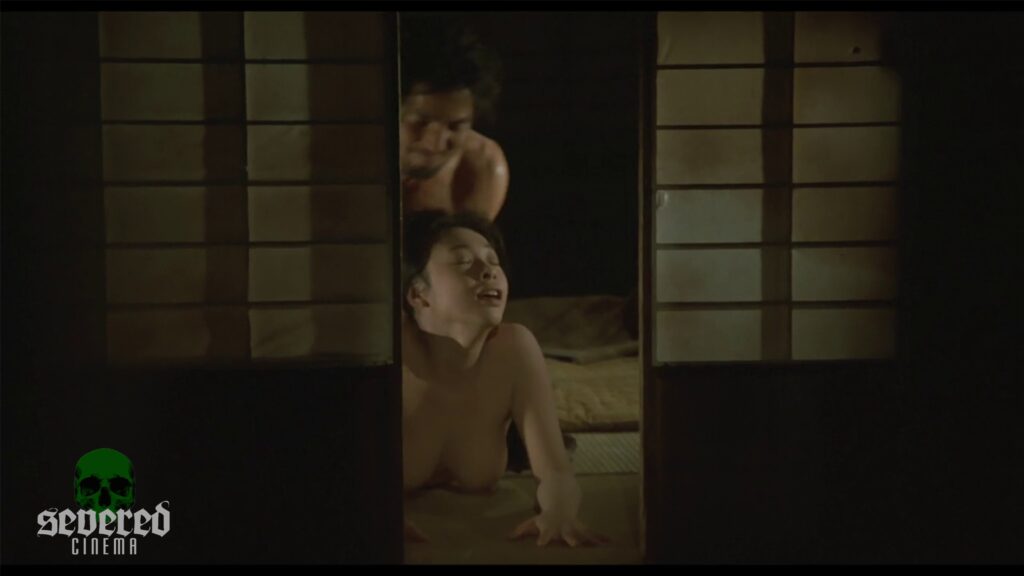
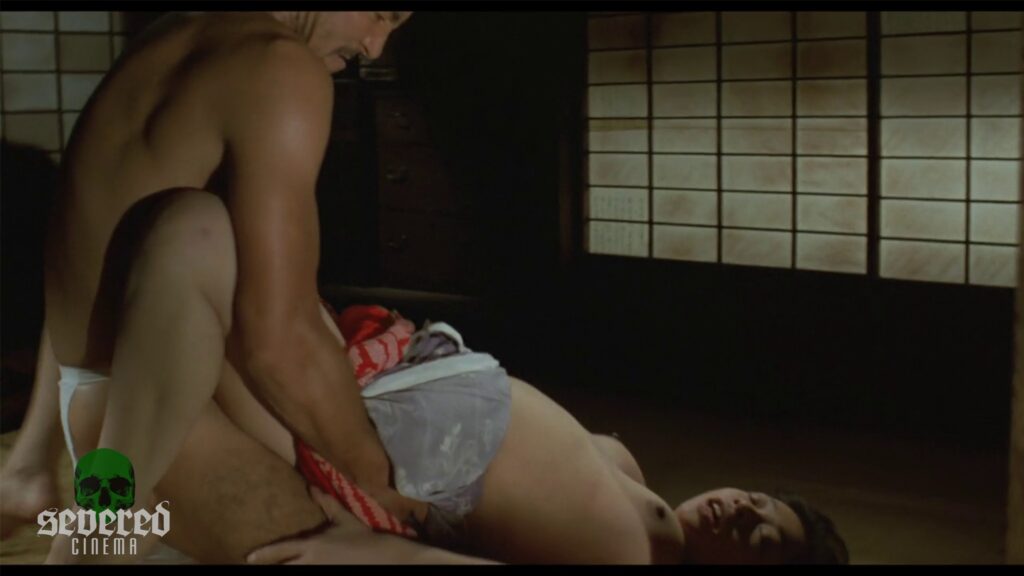
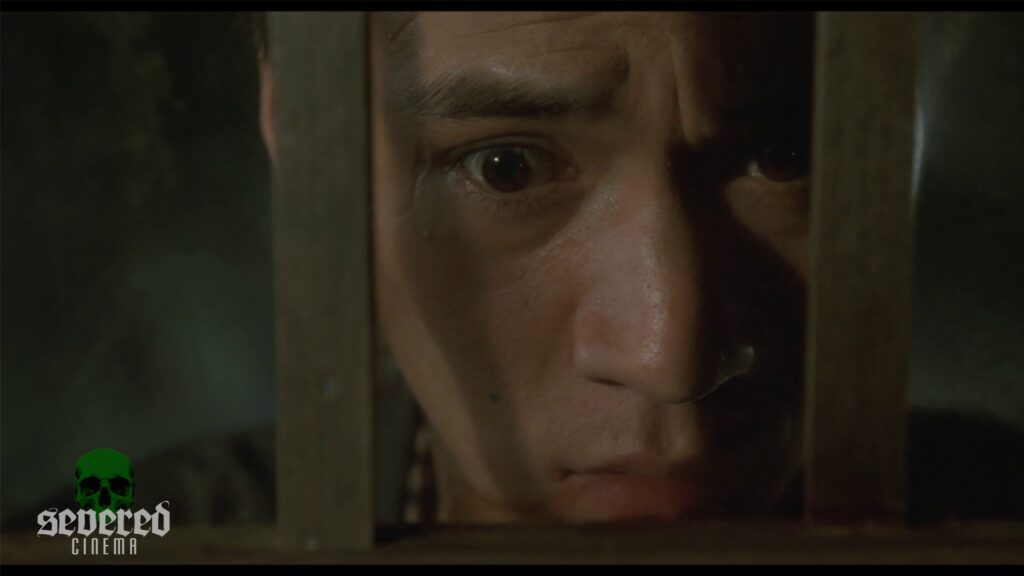
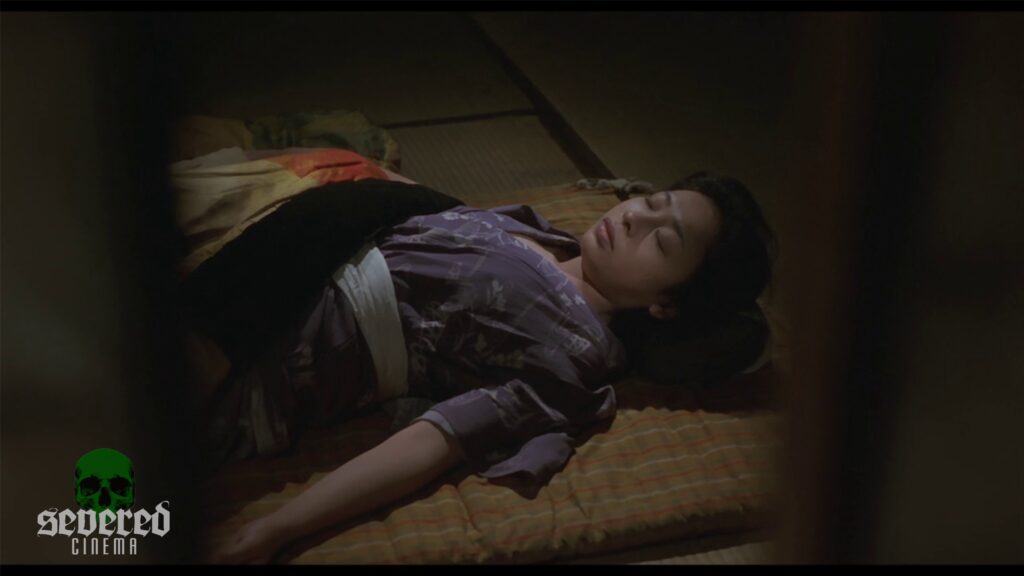
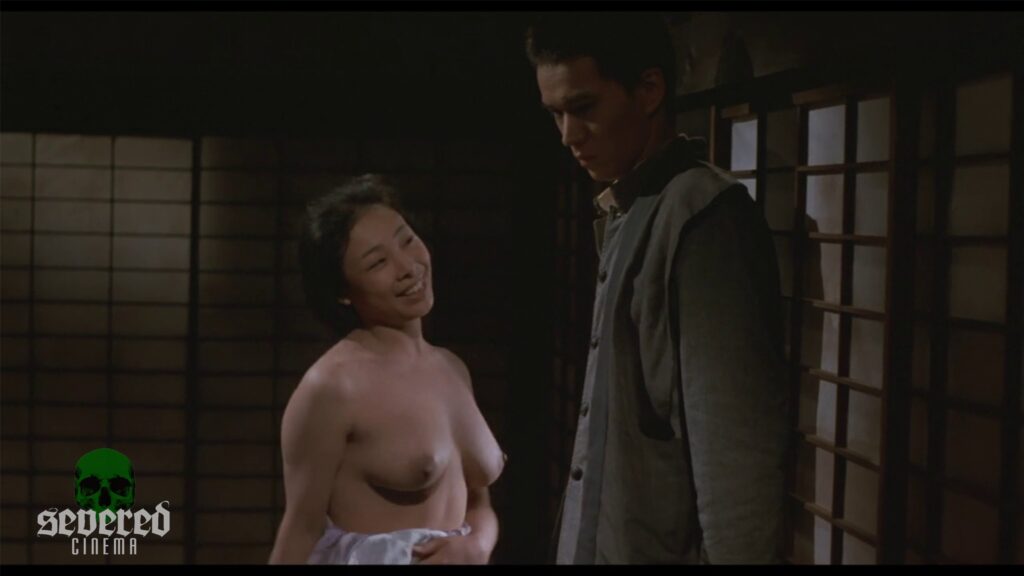
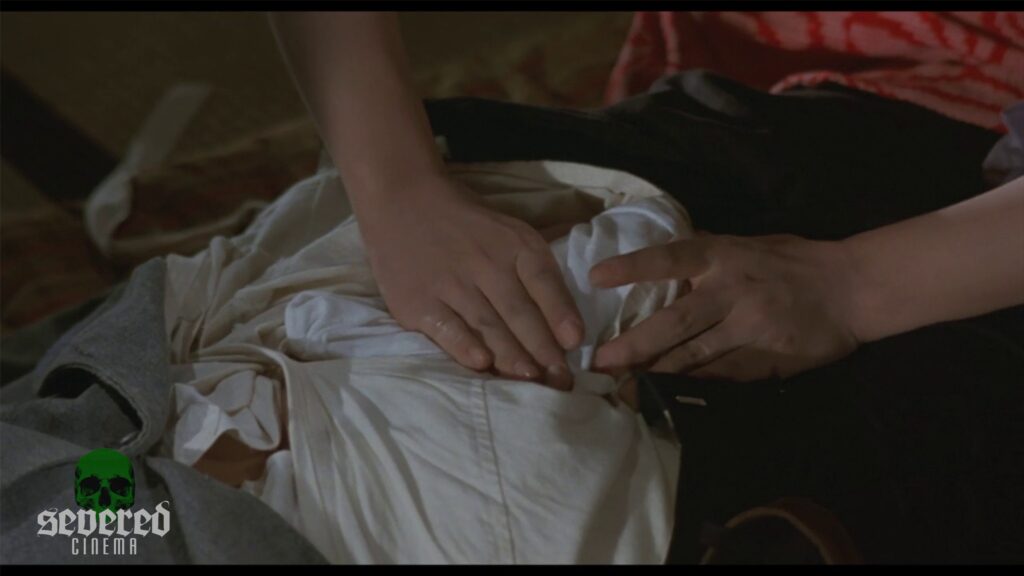
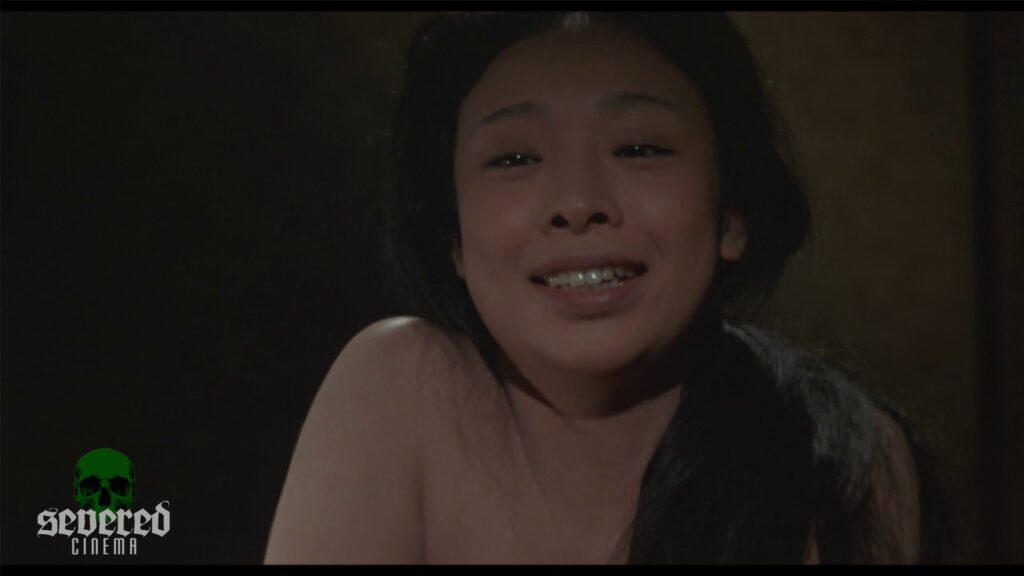
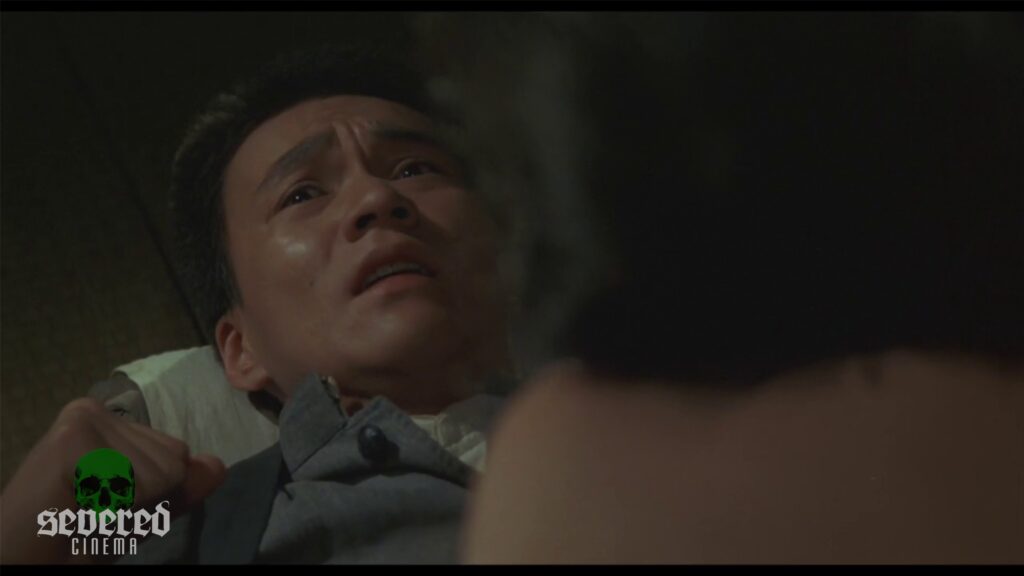
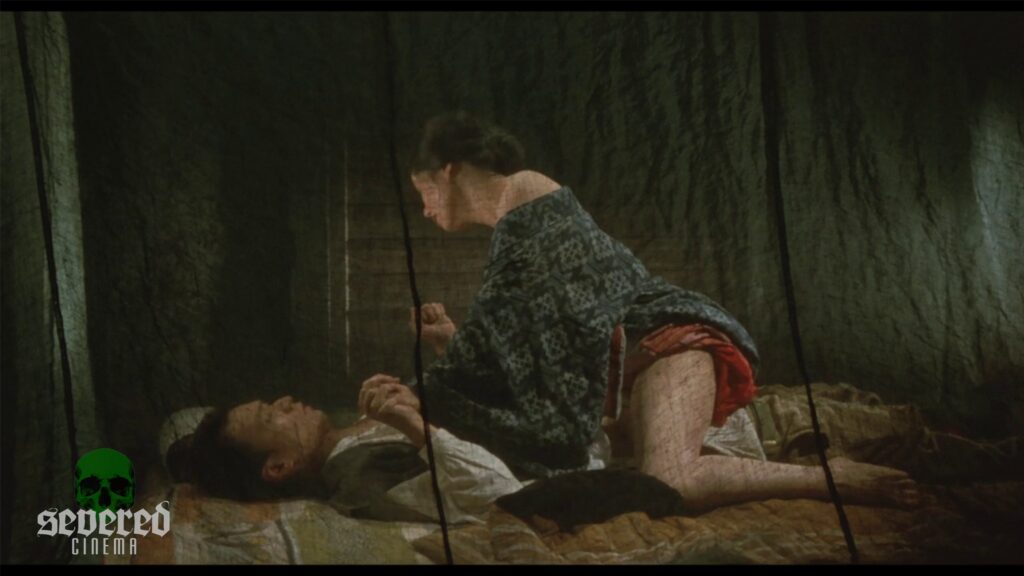
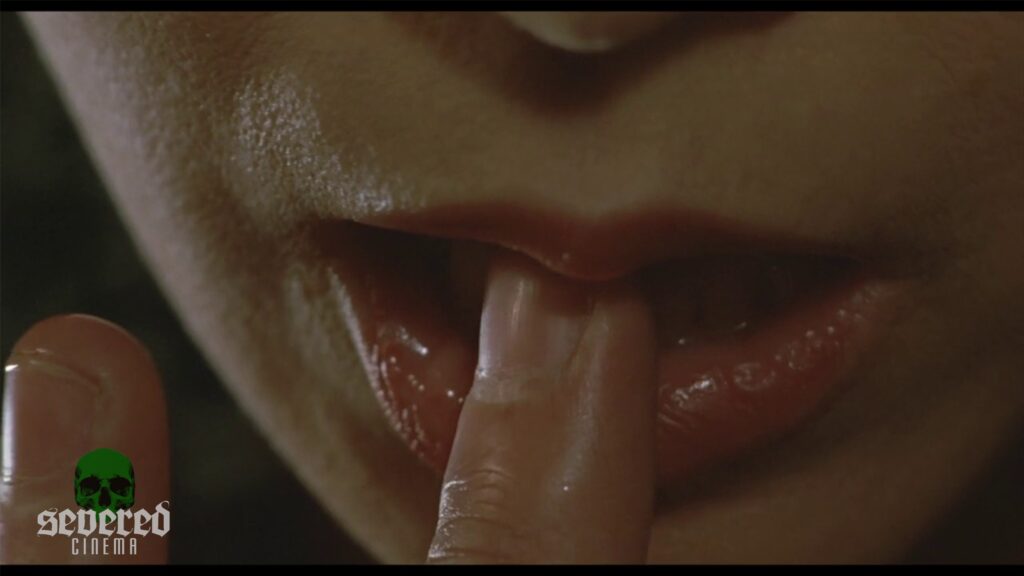
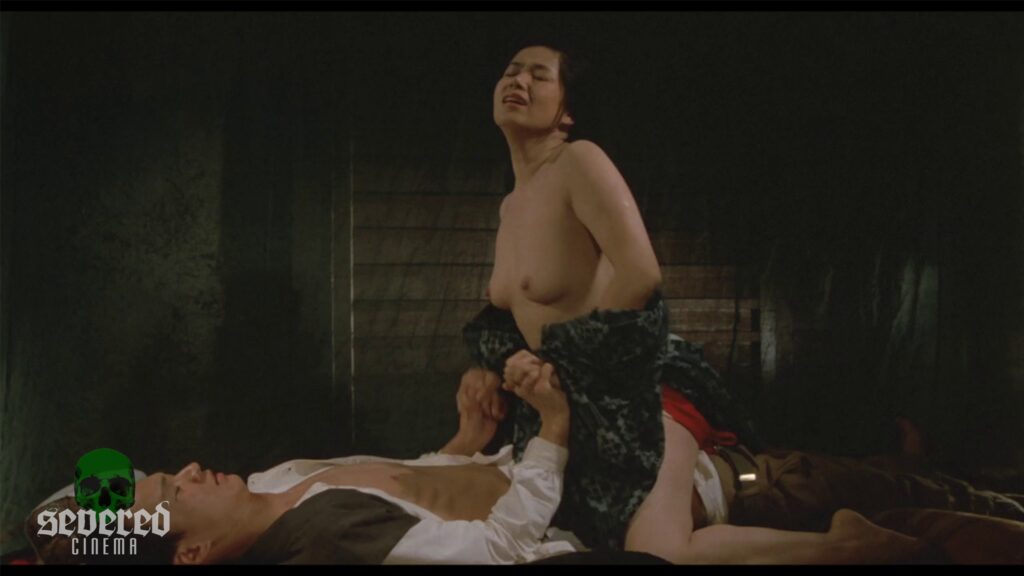
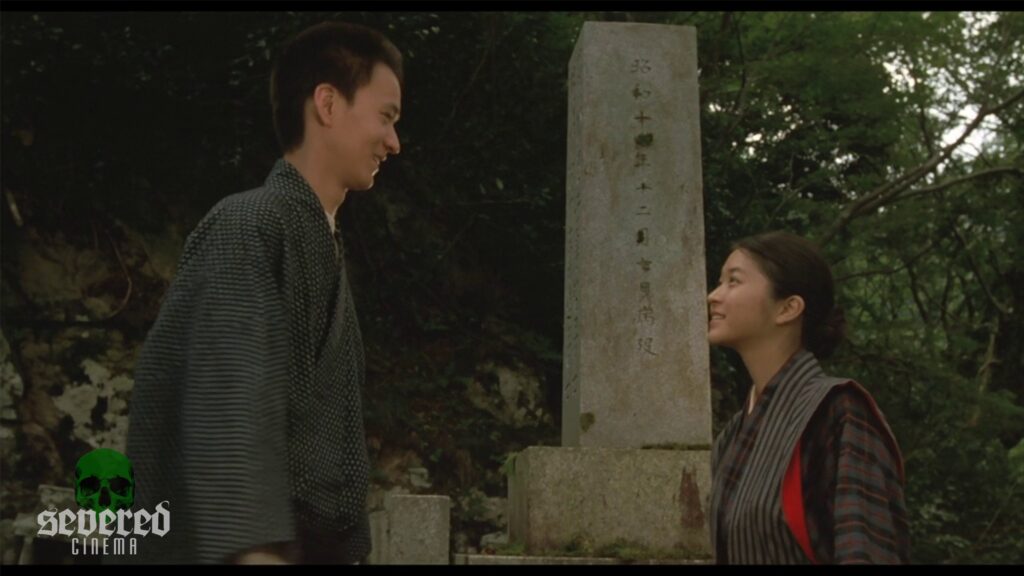
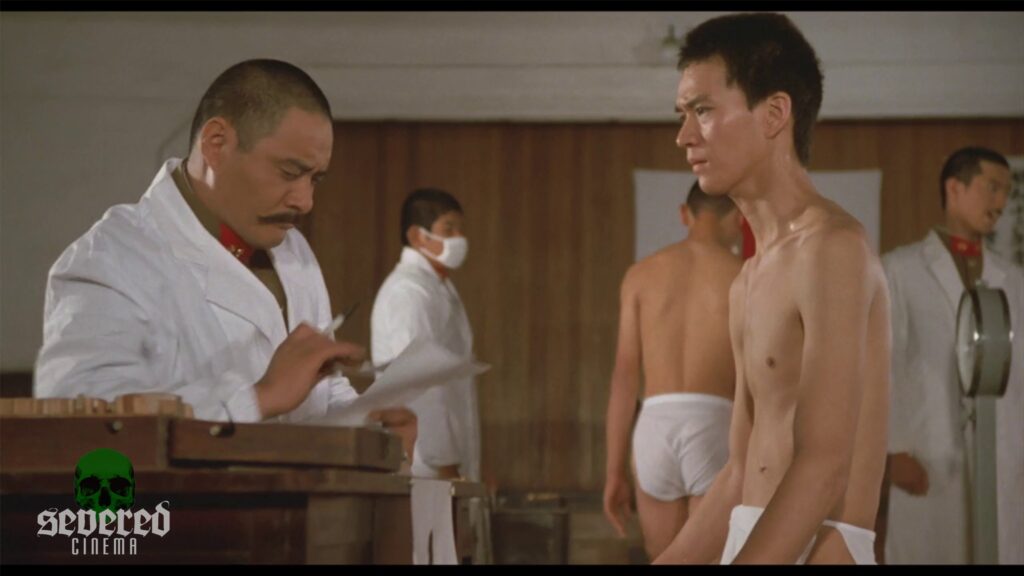
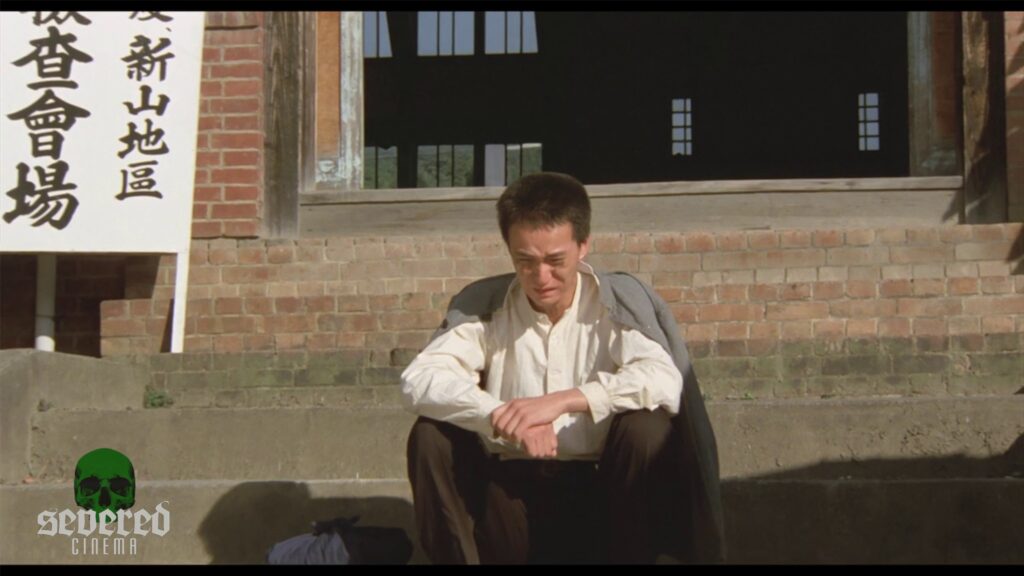
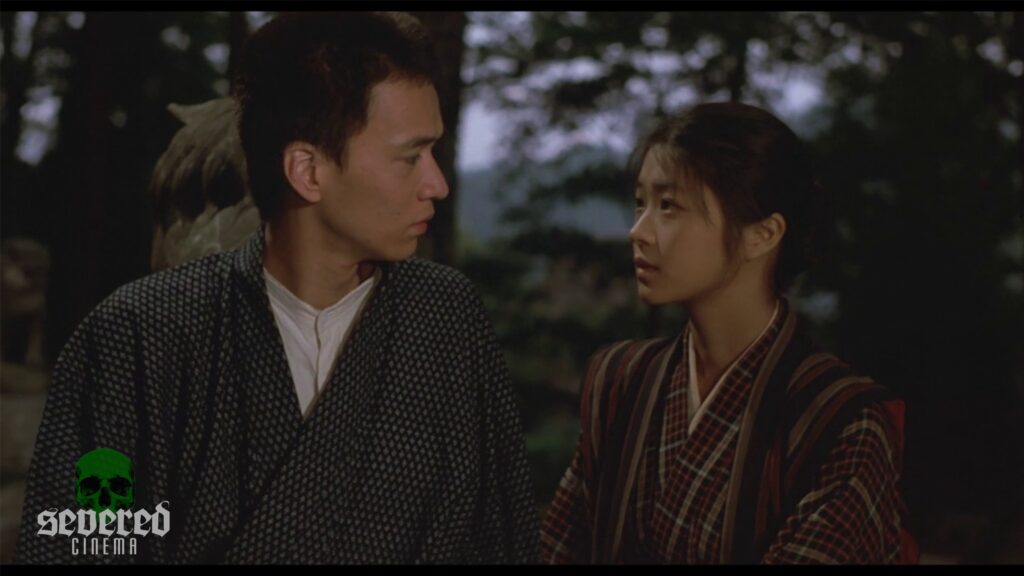
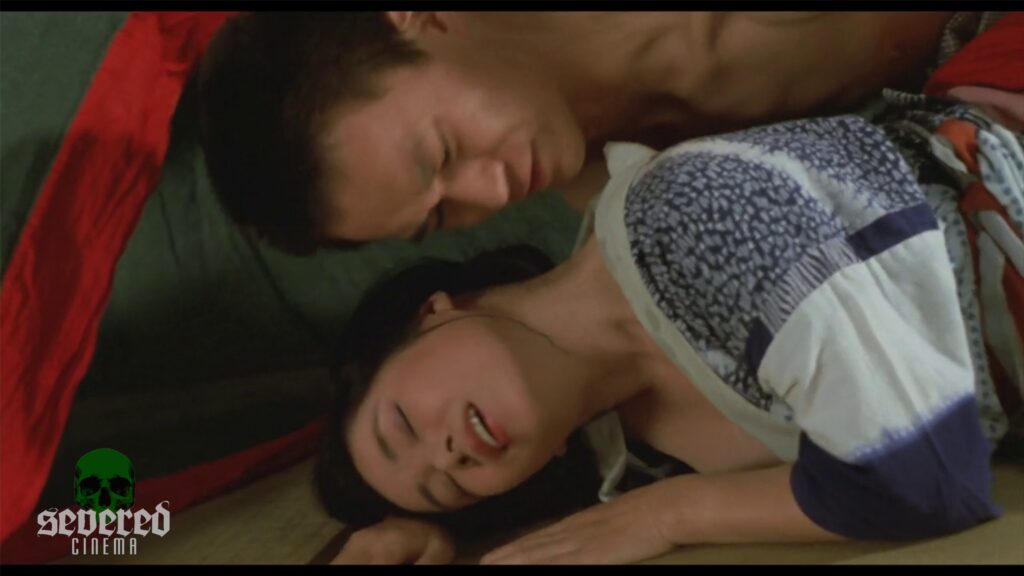
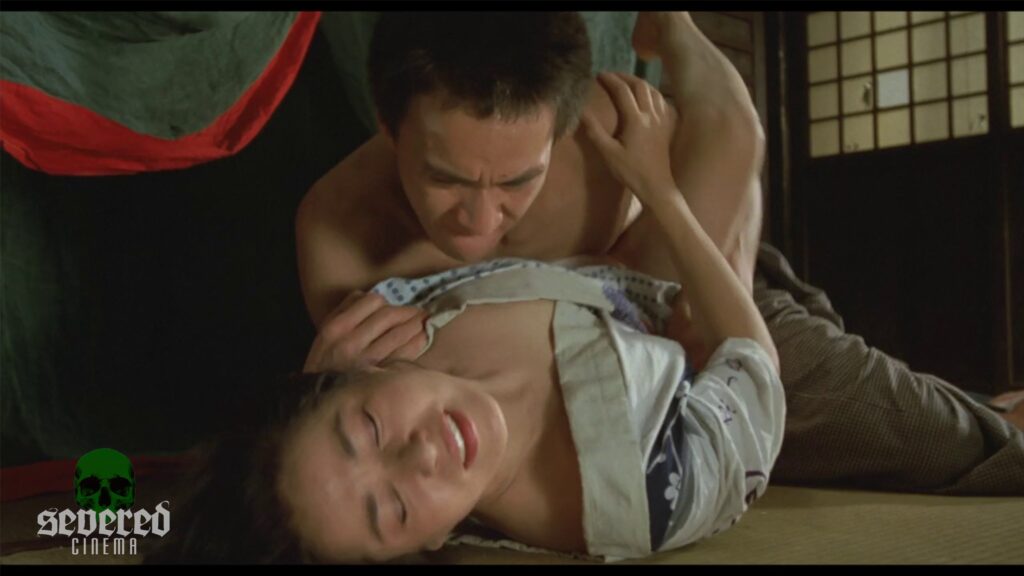
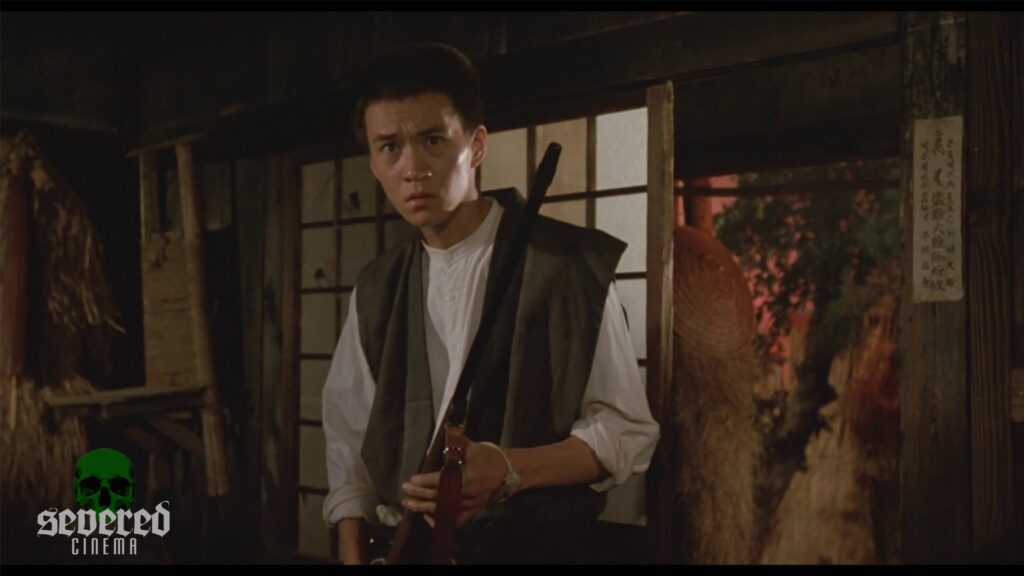
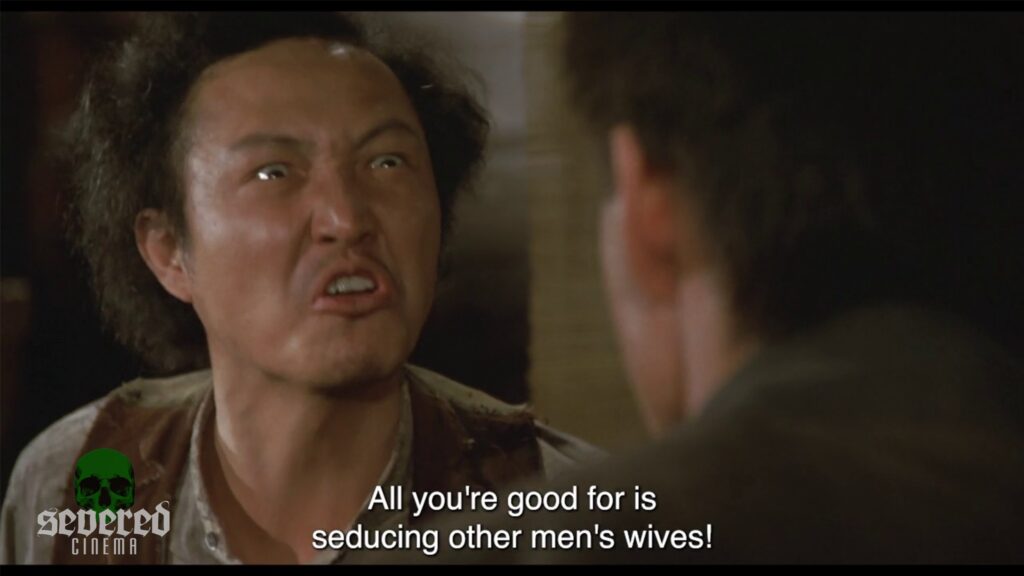
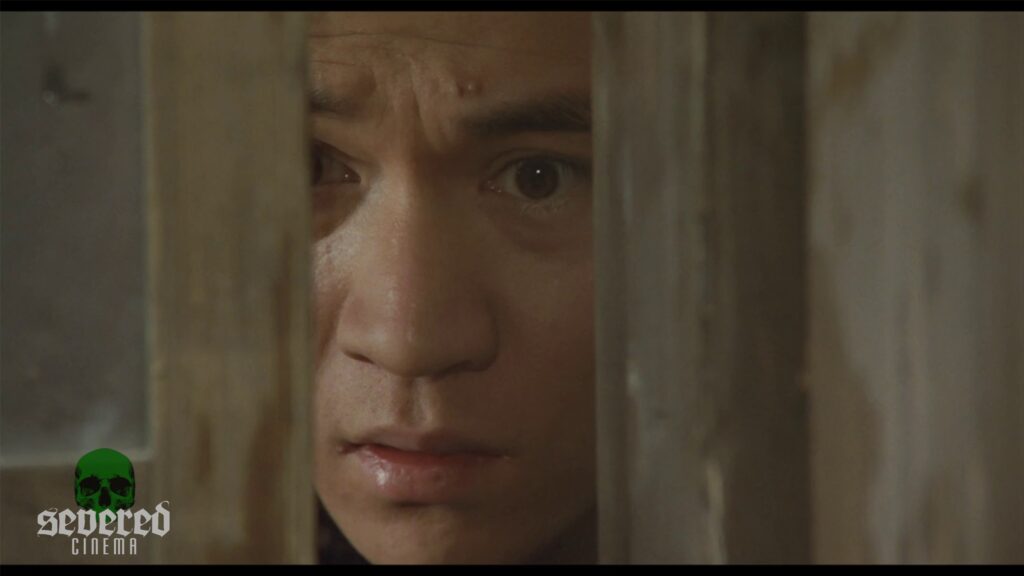
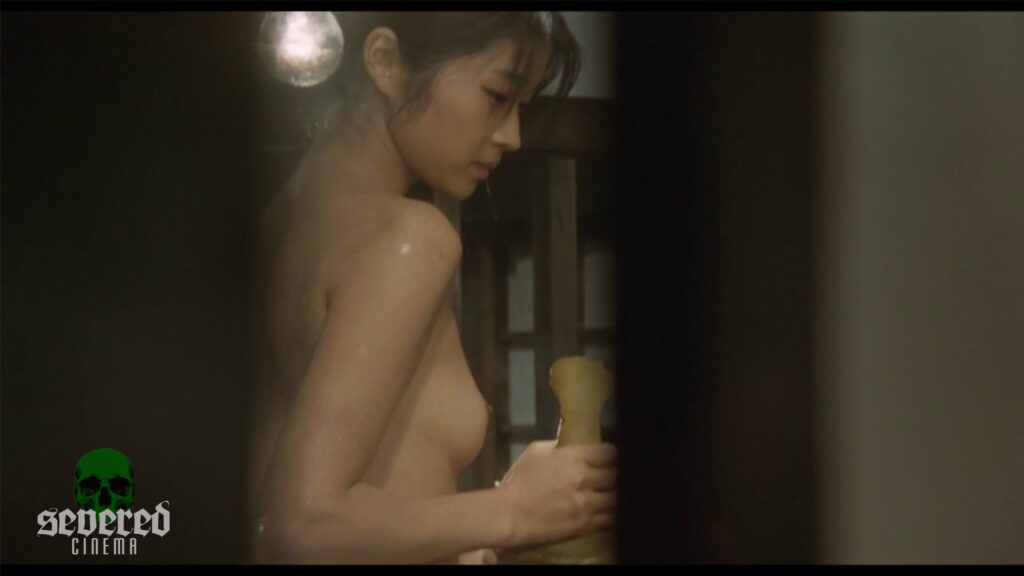
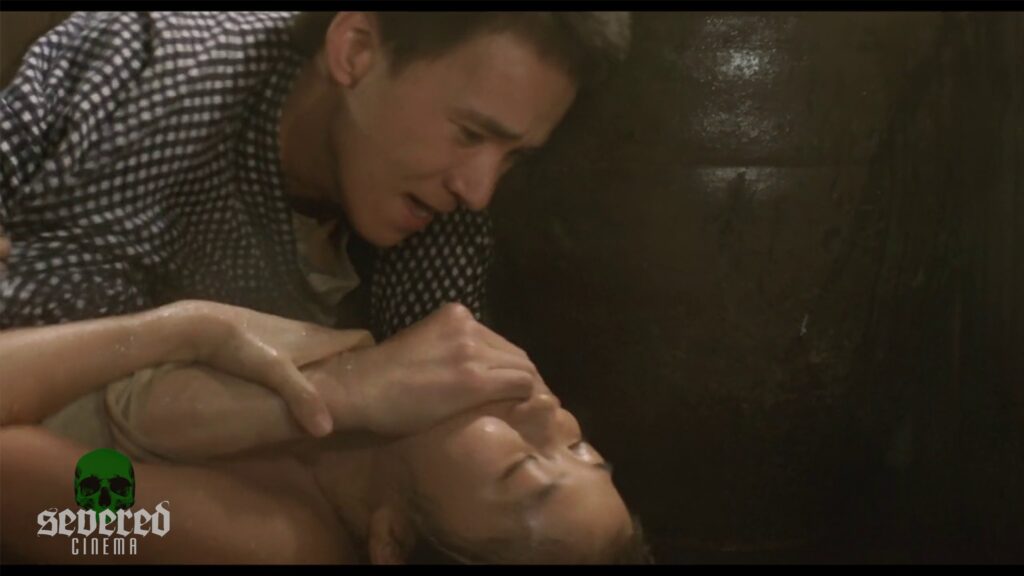
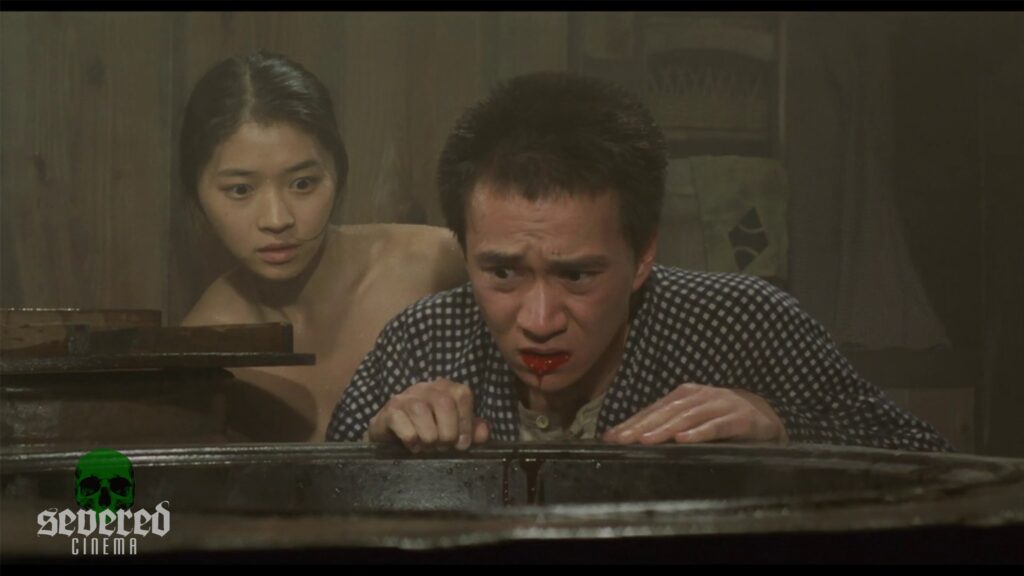
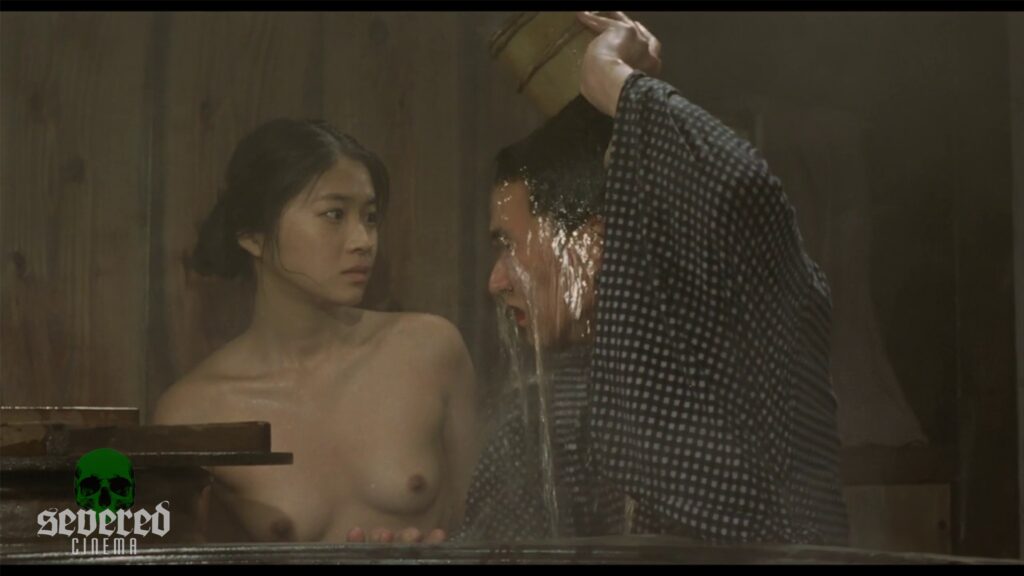
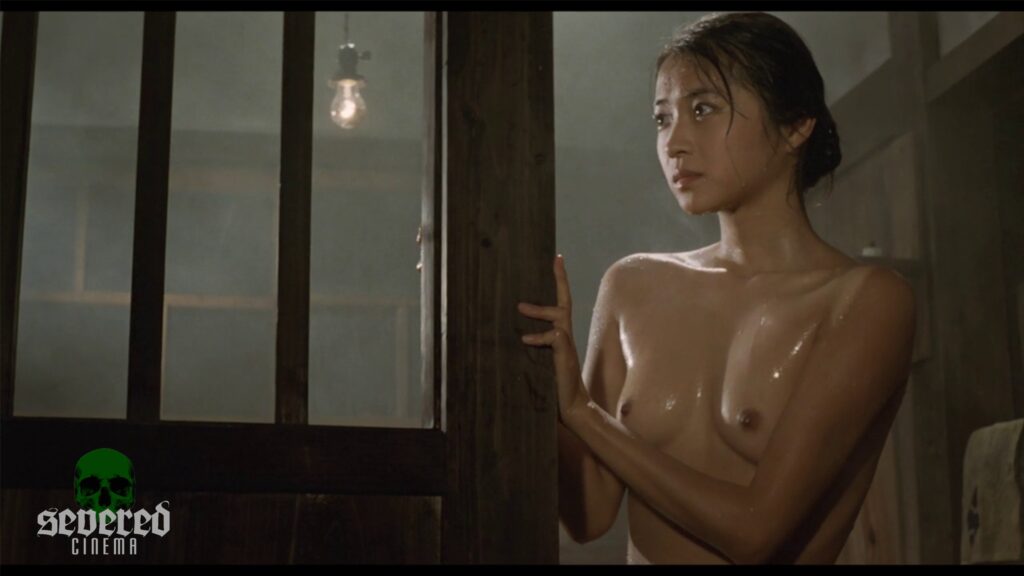
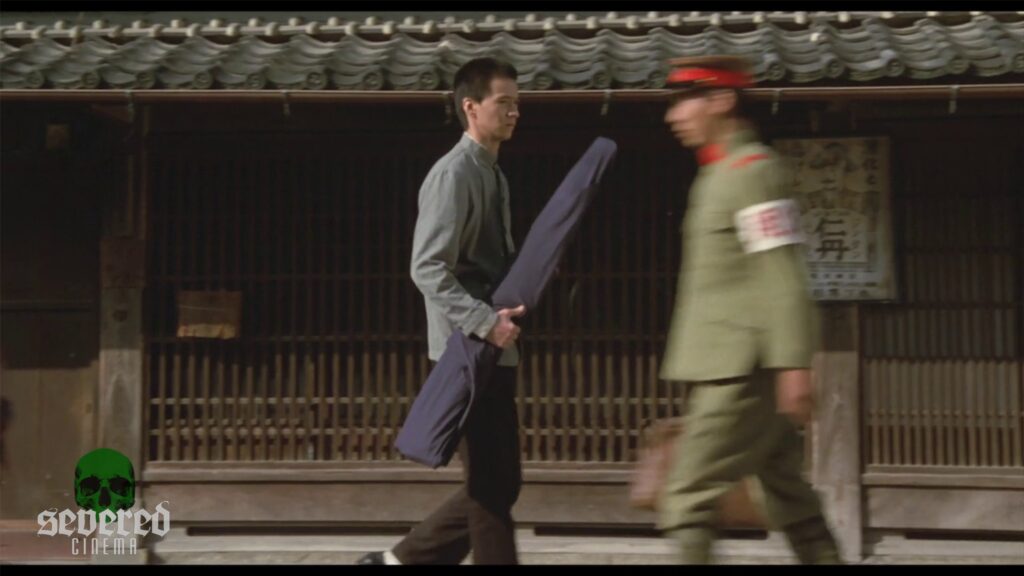
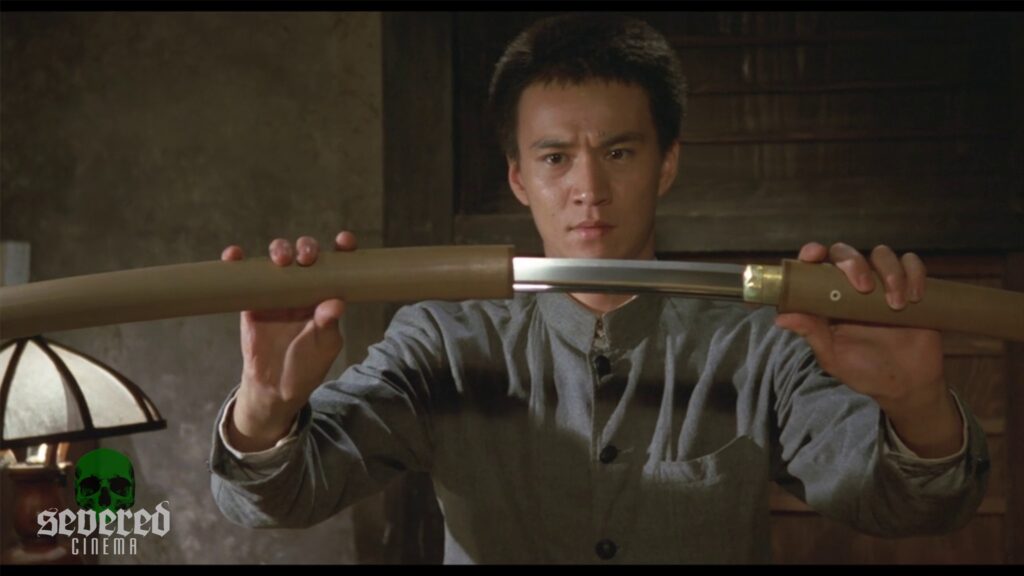
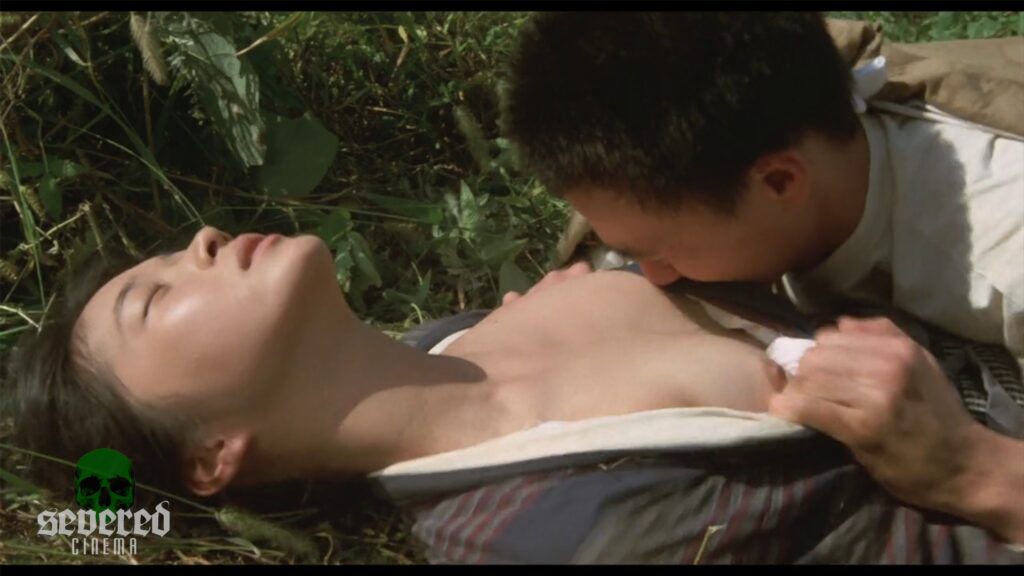
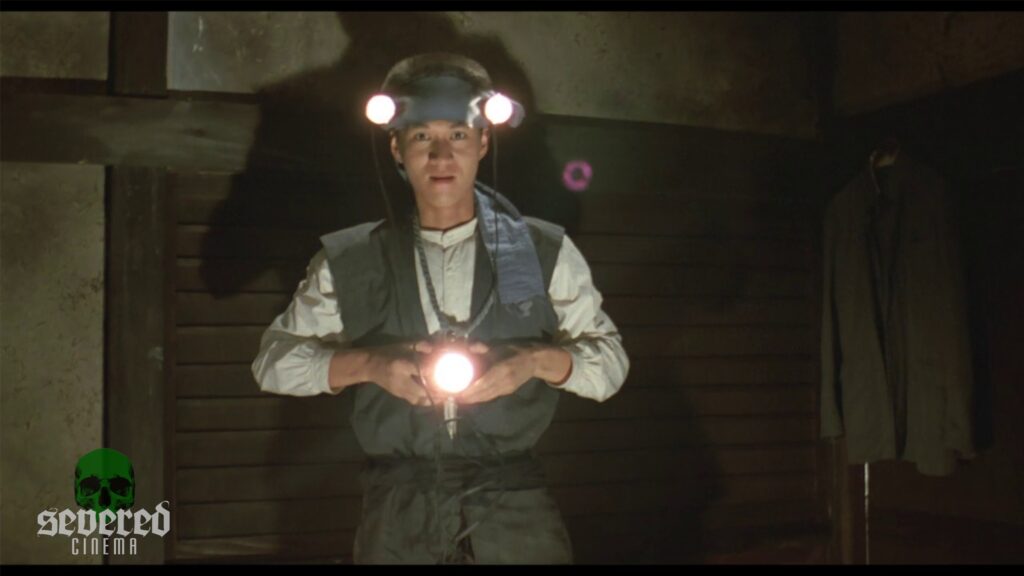
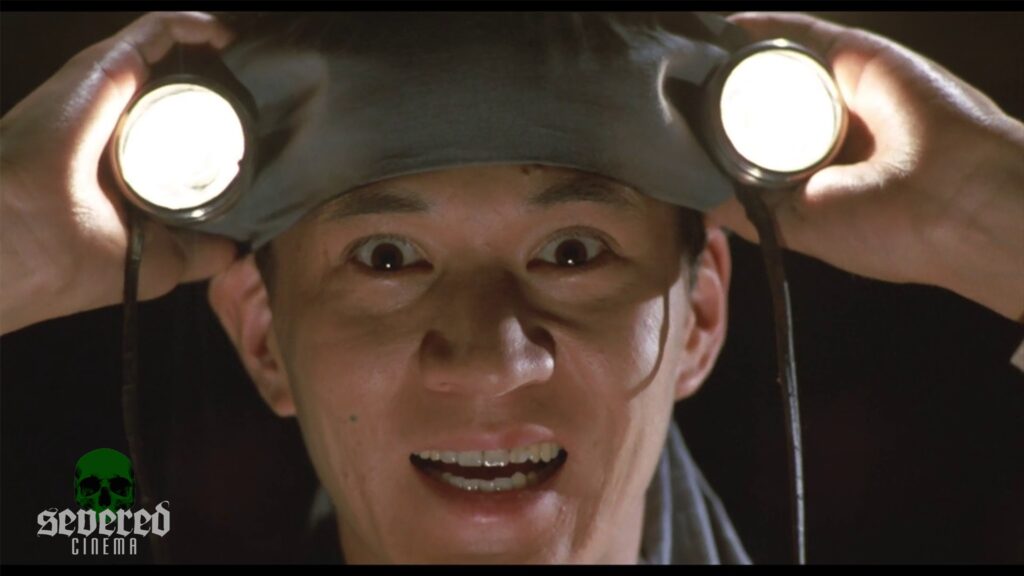
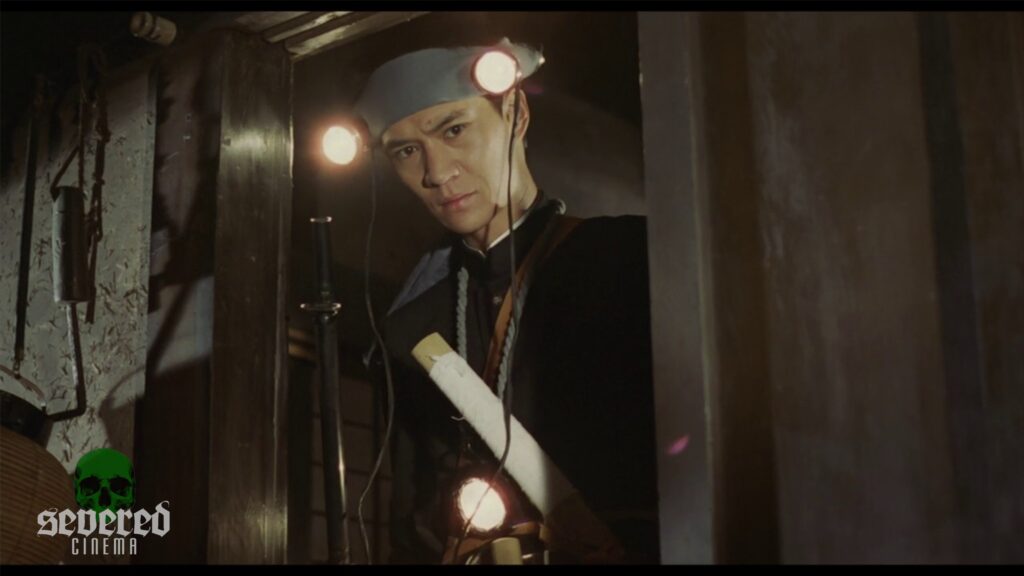


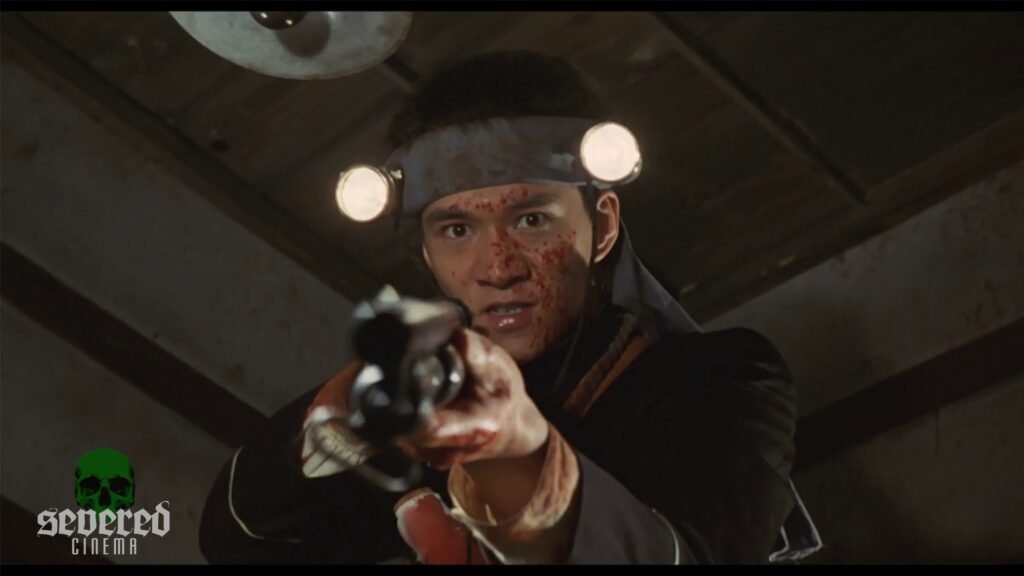

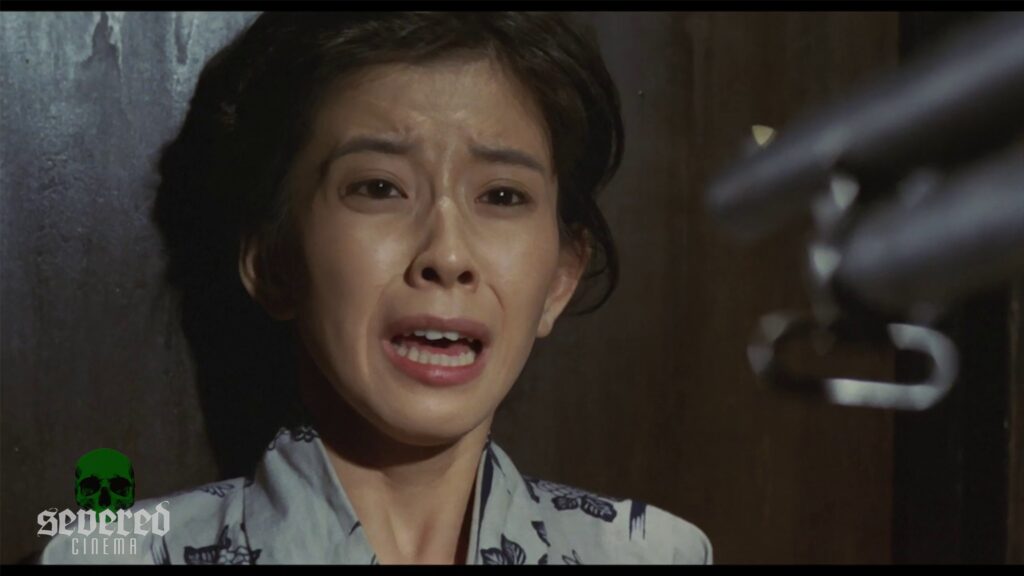

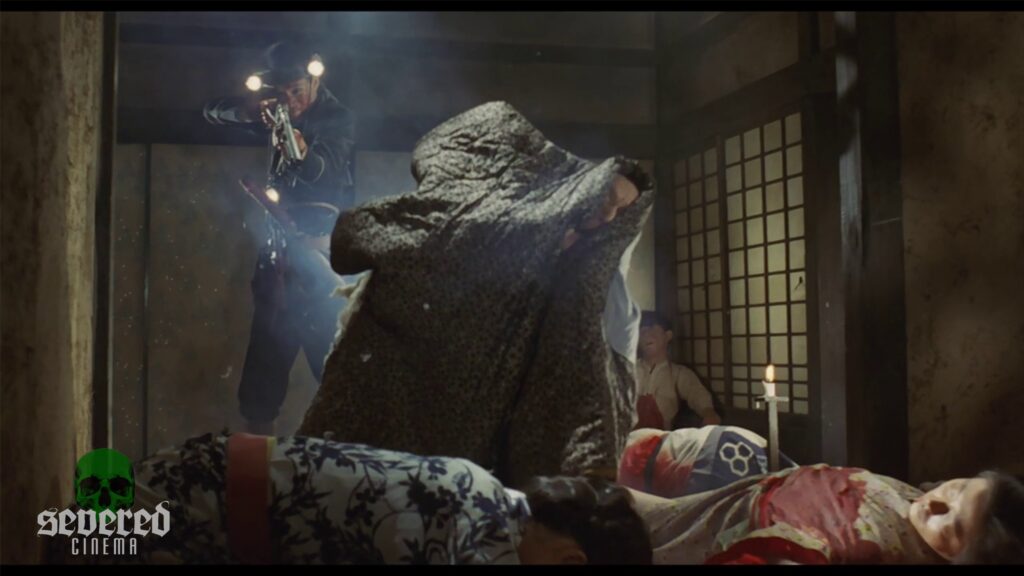
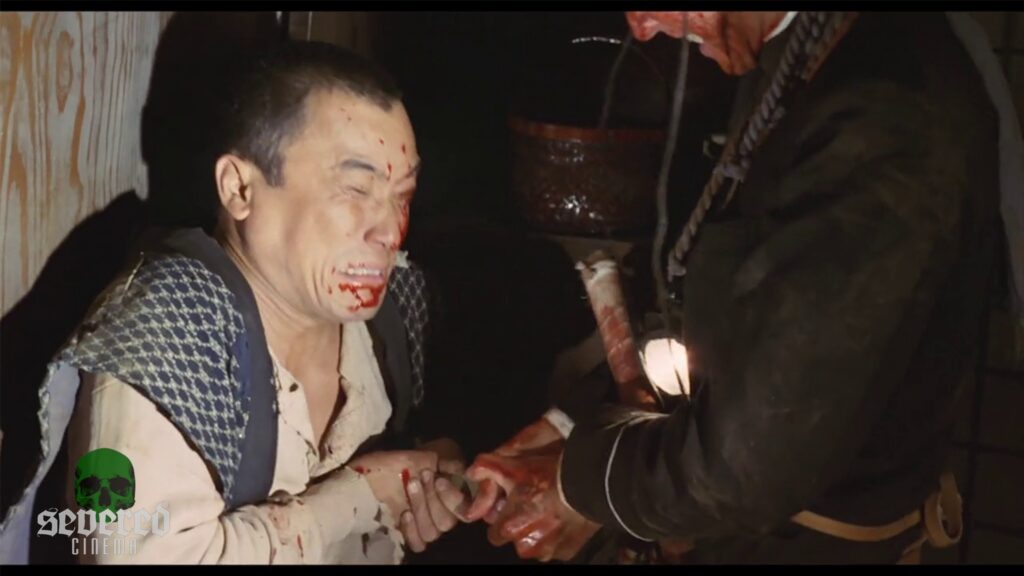

Own 'Village of Doom' on Blu-ray!
Buy Now


